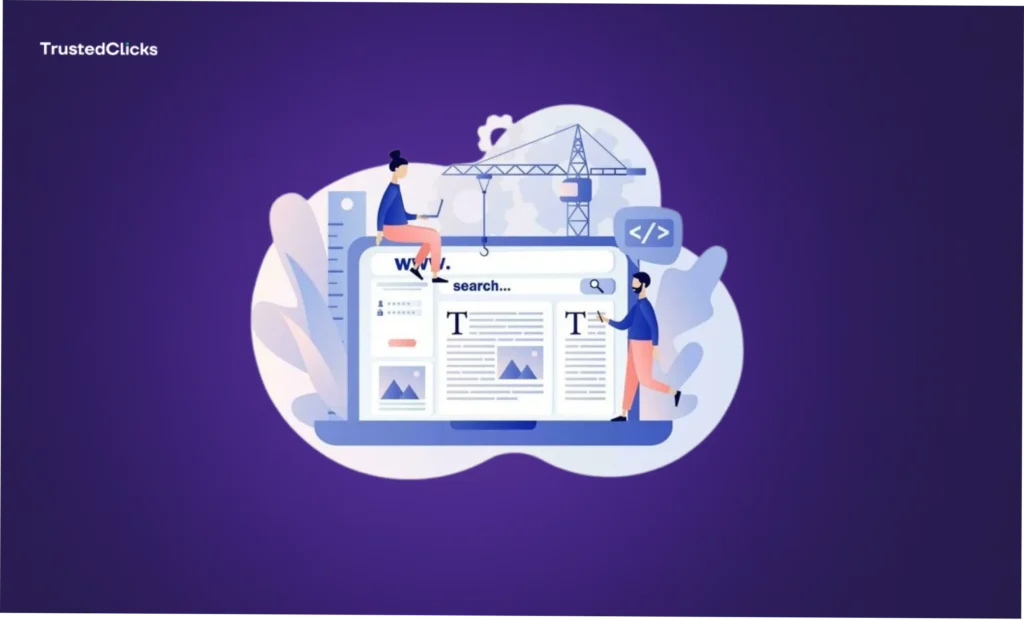- Website security
IP Exposure: Is Your Network an Open Door to Hackers?


What Is IP Exposure?
IP exposure refers to the state where your IP address—public or private—is visible, unprotected, or misconfigured in a way that makes it accessible to unauthorized parties. Every time you go online, your public IP broadcasts your presence to the internet, acting like a beacon. If that beacon’s unguarded, hackers can spot it, probe it, and exploit it. Exposure isn’t just about visibility; it’s about the cracks—unpatched systems, open ports, or weak security—that turn your IP into a bullseye.
Think of it like leaving your house unlocked in a sketchy neighborhood. A passerby might not notice at first, but a determined thief will test the knob. IP exposure is that unlocked knob, and hackers are always prowling.
How Does IP Exposure Happen?
Your IP doesn’t expose itself—it’s a mix of oversight, misconfiguration, and internet design. Here’s how the door gets left ajar:
Public IP Visibility
Every device with a public IP is inherently visible online. Without proper shielding—like firewalls—hackers can scan it using tools like Shodan or Nmap to find weaknesses.
Open Ports
Ports are entry points for traffic. If unused ports (e.g., 22 for SSH or 3389 for RDP) are left open, they’re invitations for brute-force attacks or exploits.
Misconfigured Devices
IoT gadgets, routers, or servers with default settings—like unchanged passwords—leak IPs and vulnerabilities.
Leaked IPs
Data breaches or careless sharing (think forums or logs) can expose private IPs, giving attackers a roadmap to your network.
Dynamic IP Risks
Even dynamic IPs, reassigned by ISPs, can inherit exposure from prior users if not properly secured.
A 2023 study found over 4 million exposed IPs tied to unpatched systems—printers, cameras, even industrial controls—highlighting how pervasive this issue is.
The Dangers of an Exposed IP
An exposed IP isn’t just a theoretical risk—it’s a live wire. Here’s what hackers can do once they’ve got your address in their sights:
- DDoS Attacks: Flooding your IP with traffic can knock your network offline. Exposed IPs are prime targets for botnets, costing businesses downtime and cash—think $50,000 per hour for some firms.
- Unauthorized Access: Open ports or weak credentials let hackers slip into servers, databases, or IoT devices. A 2022 report pegged 65% of ransomware attacks to exposed IPs.
- Data Theft: Once inside, attackers can siphon sensitive info—customer records, financials, intellectual property—often undetected for months.
- IP Spoofing Leverage: Exposed IPs can be mimicked, turning your address into a pawn in broader attacks while you take the blame.
- Reputation Hits: If your IP’s exploited for spam or phishing, blacklists like Spamhaus can tank your email deliverability or online trust.
Take the 2021 Verkada breach: hackers exploited exposed IPs on security cameras, accessing live feeds from hospitals and jails. That’s the real-world cost of an open digital door.
Assessing Your IP Risk
IP risk isn’t a guessing game—it’s measurable. Your exposure level hinges on visibility, configuration, and behavior. Here’s how to gauge it:
- Scan Your Network: Tools like Nessus or OpenVAS reveal open ports and weak spots tied to your IP.
- Check Public Exposure: Search engines like Shodan or Censys show if your IP’s indexed—exposed IPs often pop up with alarming detail.
- Monitor Traffic: Unusual spikes or foreign connections signal probes. An IP risk score from services like IPQualityScore can quantify this.
- Blacklist Status: Sites like MXToolbox reveal if your IP’s flagged, a sign it’s already compromised or misused.
A high IP risk means you’re not just visible—you’re vulnerable. The average exposed IP faces 100+ scan attempts daily, per cybersecurity data.
Why Hackers Love Exposed IPs

Exposed IPs are low-hanging fruit. They’re easy to find—automated scripts sweep the web for them—and cheap to exploit. A bot can probe thousands of IPs in minutes, costing attackers pennies while promising big payoffs. High-value targets like businesses or poorly secured home networks amplify the appeal. With 70% of IoT devices still using default passwords in 2024, per recent stats, the buffet’s wide open.
Real-World Exposure Nightmares
The stakes aren’t hypothetical. Exposed IPs have fueled headline-making breaches:
- Mirai Botnet (2016): Exposed IoT IPs were hijacked, turning cameras and DVRs into a DDoS army that downed major sites.
- Microsoft RDP Attacks (2021): Hackers scanned for exposed Remote Desktop IPs, locking out users with ransomware—80,000+ IPs were hit in one wave.
- SolarWinds Fallout (2020): Exposed IPs on unpatched servers amplified this supply-chain attack, exposing government and corporate networks.
These aren’t edge cases—they’re warnings. An exposed IP isn’t a “maybe” problem; it’s a “when.”
Locking the Door: How to Reduce IP Exposure
ou can’t hide your public IP, but you can fortify it. Here’s how to shrink your IP risk:
- Firewalls Up: Block unused ports and filter inbound traffic. Rules like “drop all except whitelisted IPs” choke attack paths.
- Patch Systems: Update firmware and software—80% of exploits target known vulnerabilities, per NIST data.
- VPN Shielding: Route traffic through a VPN to mask your real IP, though choose providers with clean reputations.
- Port Knocking: Require a secret sequence to open ports, making your IP a moving target.
- Monitor and Respond: Use intrusion detection (e.g., Snort) to catch probes in real-time and adjust defenses.
For businesses, IP risk tools—like those scoring exposure or tracking blacklists—add a proactive layer, catching issues before hackers do.
The Future of IP Exposure
As IPv6 rolls out, with its vast address space, exposure could shift—more IPs mean more targets, but better protocol security might help. IoT growth, projected at 30 billion devices by 2030, will flood networks with new risks unless manufacturers prioritize security. AI could flip the script, predicting exposure hotspots, but hackers will counter with smarter scans. The cat-and-mouse game won’t end—it’ll just get faster.
Final Words
IP exposure isn’t a distant threat—it’s the open door hackers are already testing. Your network’s IP risk isn’t about “if” it’s exposed, but “how much” and “what’s next.” From DDoS floods to stealthy data grabs, the dangers are real, silent, and growing. But with awareness and action—firewalls, scans, and vigilance—you can bolt that door shut, turning your IP from a liability into a fortress. In a digital world where every address is a potential target, securing your IP isn’t just smart—it’s survival.
Table of Contents
Join our community!
Subscribe to our newsletter for the latest updates, exclusive content, and more. Don’t miss out—sign up today!
Recent Posts

Understanding Bot Detection: A Key to Securing Digital Environments
- 4 mins read

The Surprising Link Between IP Scores and Your Website Reputation
- 4 mins read

Combatting Competitor Click Fraud: Protect Your PPC Campaigns
- 3 mins read



